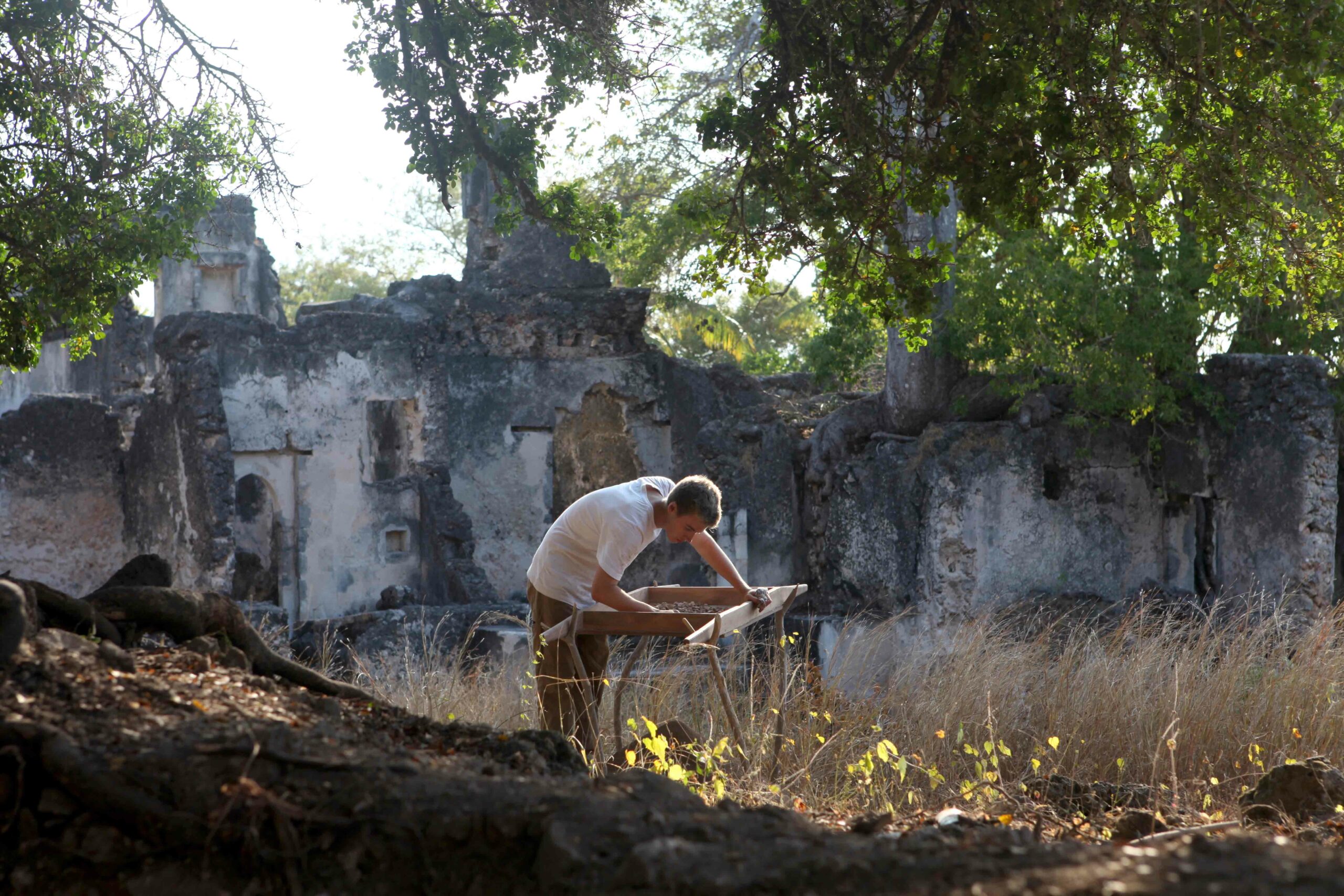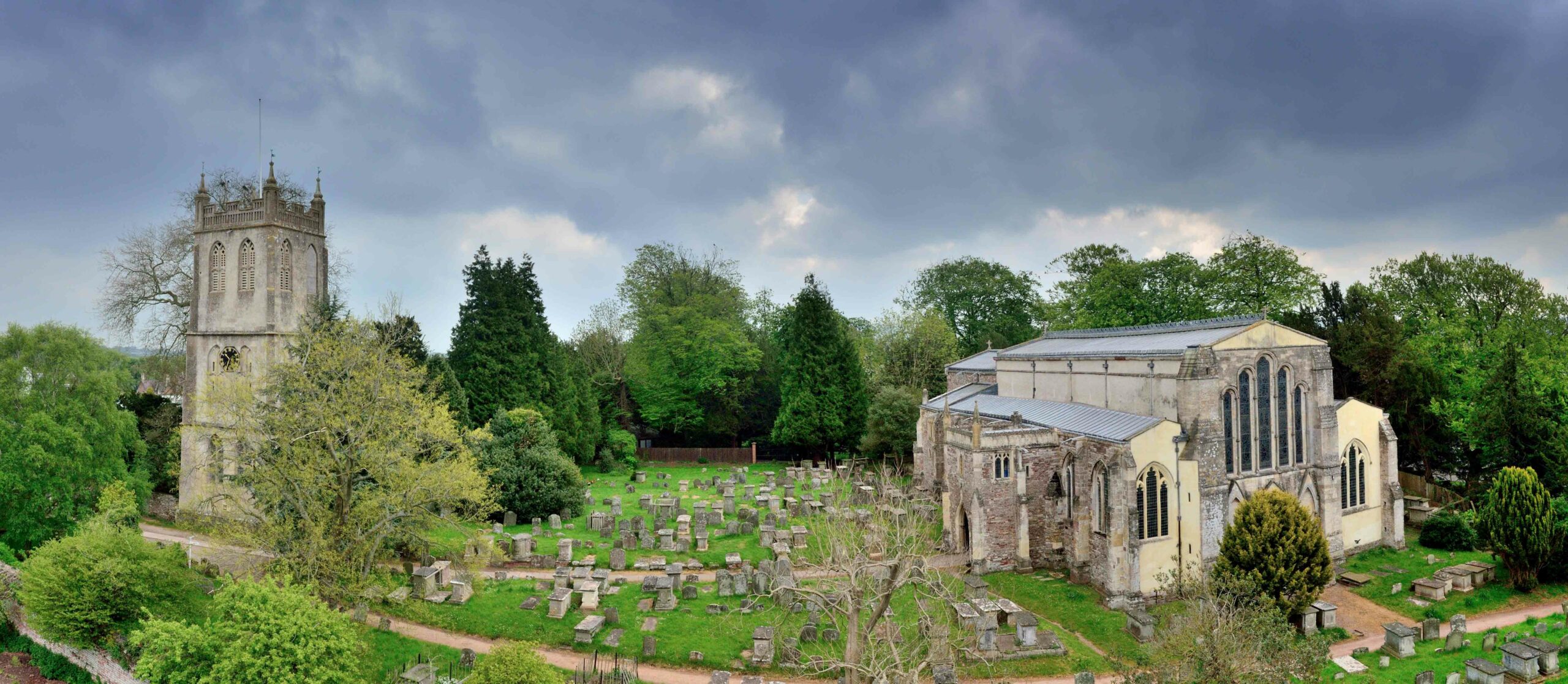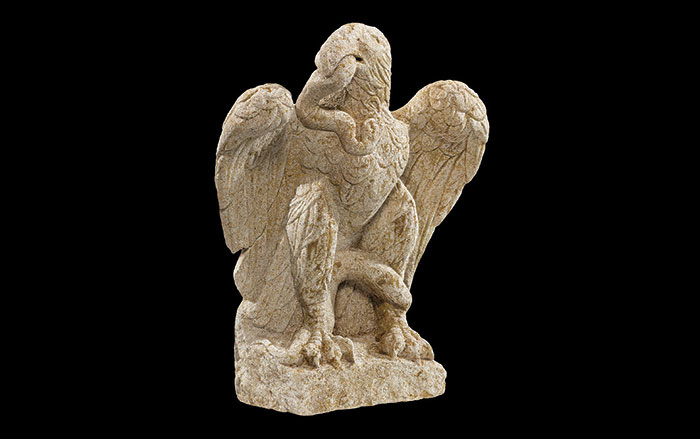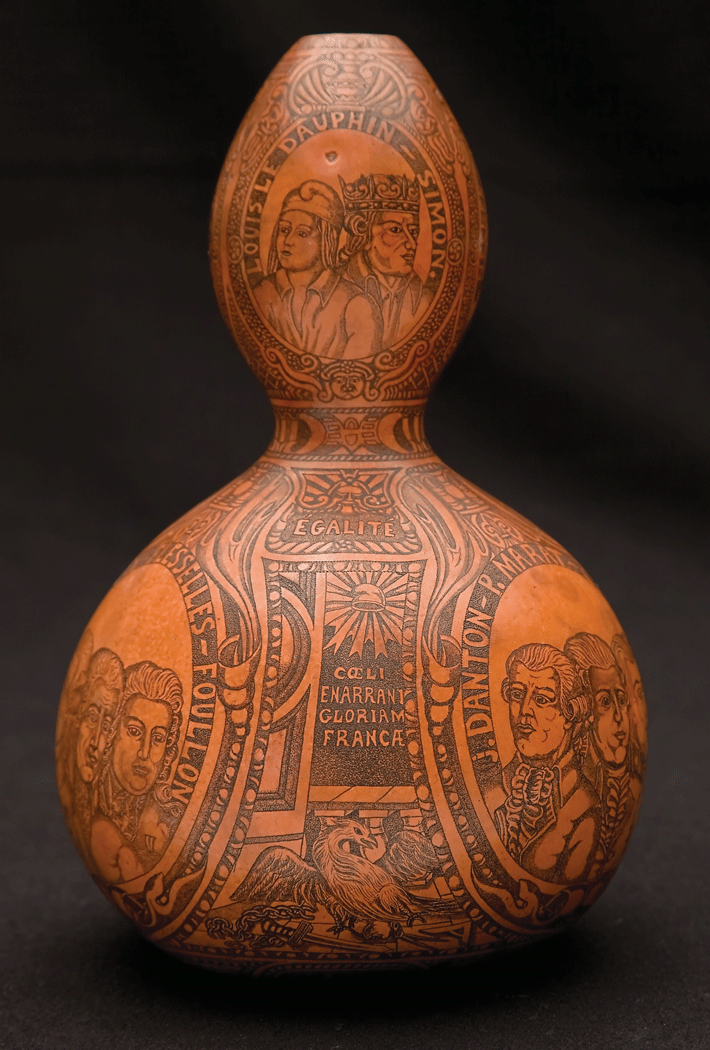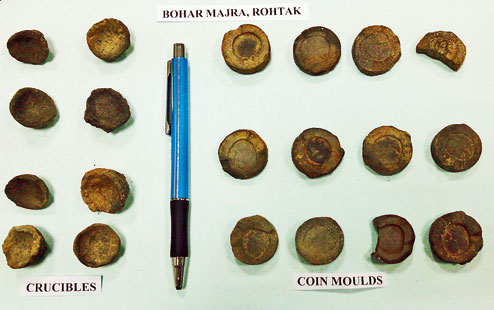
HARYANA, INDIA—Salvage excavations in the village of Bohar Majra in northern India have uncovered a rectangular structure identified as a mint dating to King Mihira Bhoja, who ruled between 836 and 885 A.D. According to B.R. Mani of the Archaeological Survey of India, the mint was in use until the eleventh century. “The site has yielded hundreds of terracotta coin molds and crucibles from the last phase of the site,” he told The Hindu.






